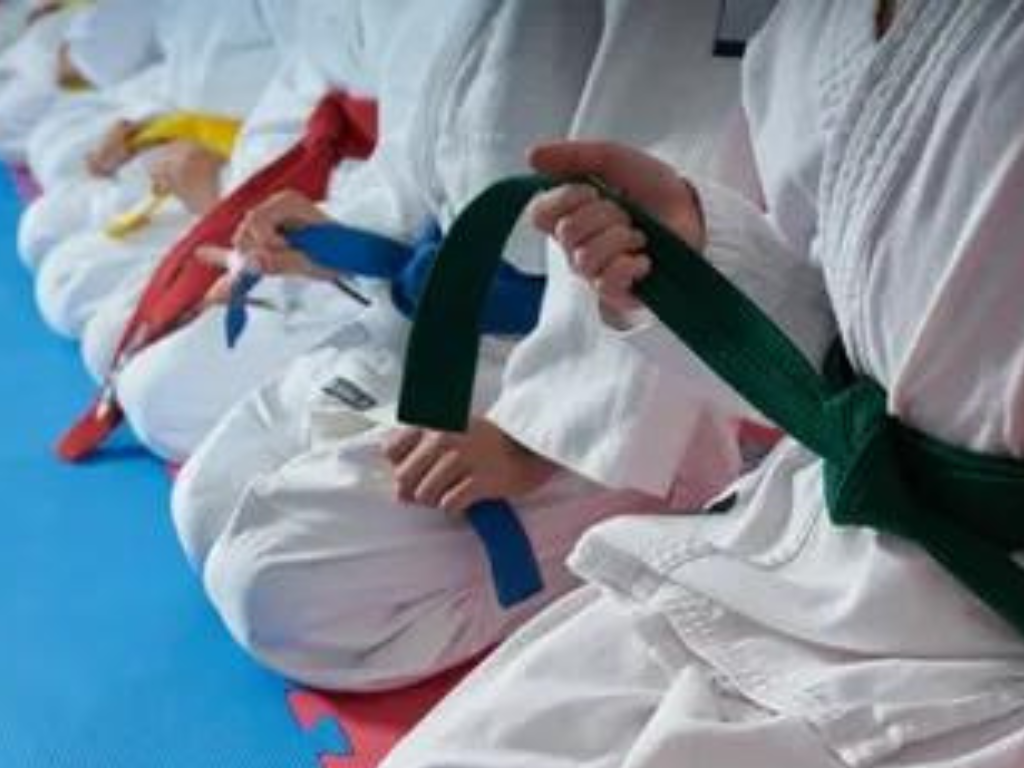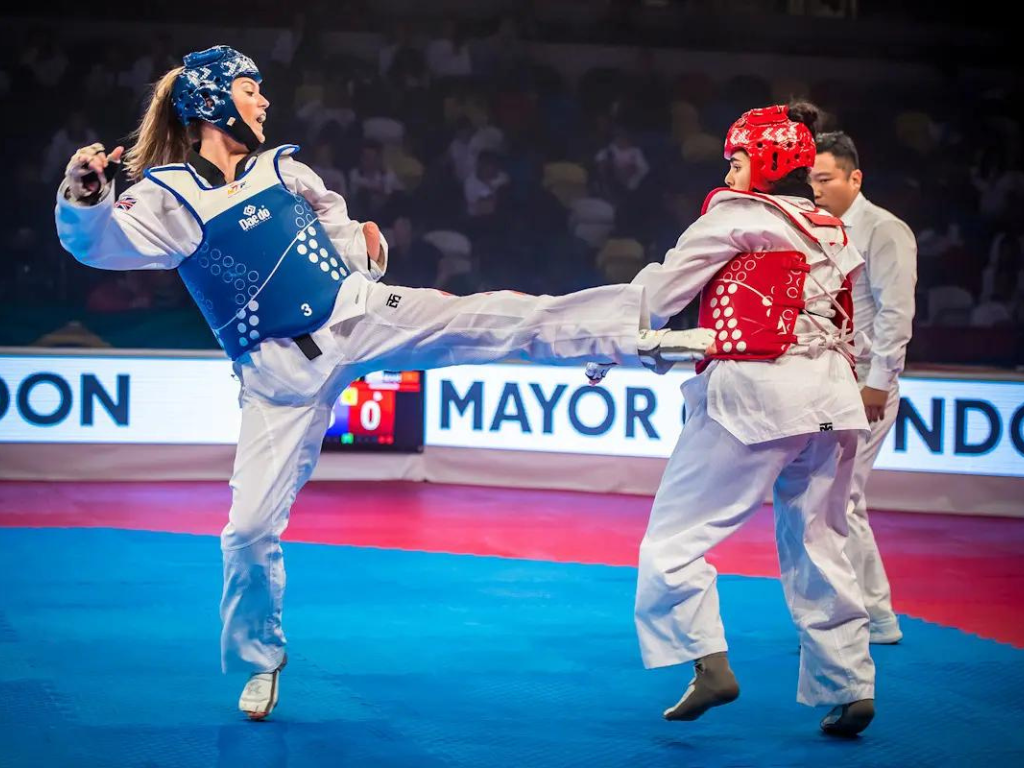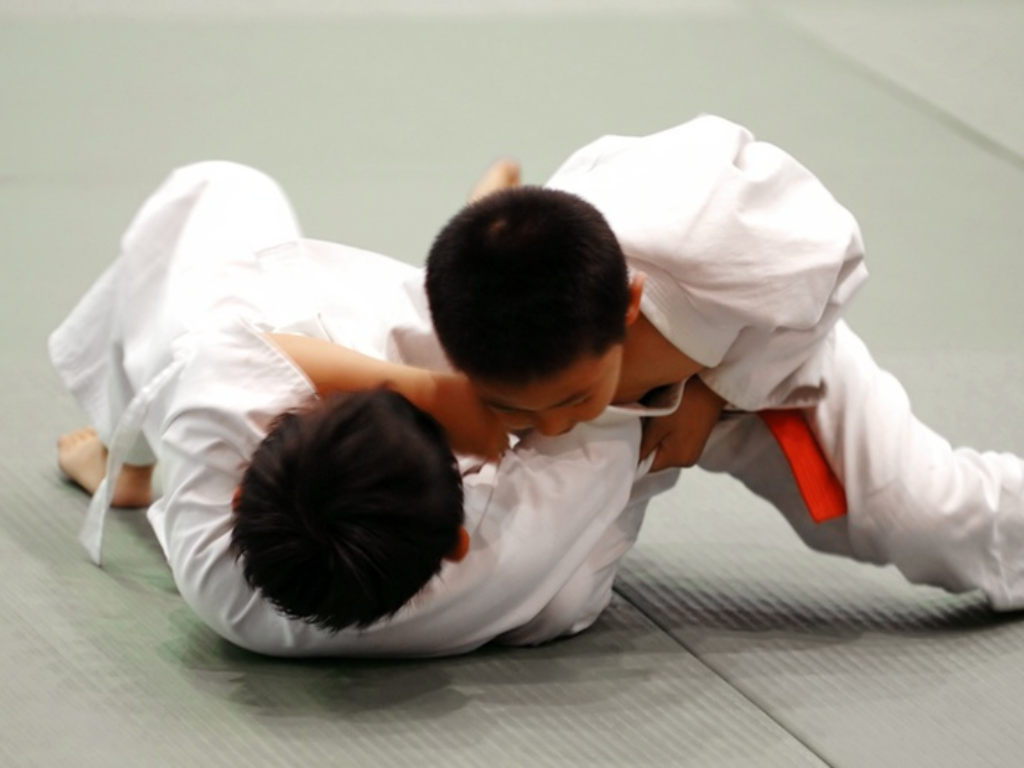
What are Traditional Martial Arts?
The martial arts are ancient disciplines that have been practiced for thousands of years. Many people today continue to engage in martial arts because of the many physical, mental, and emotional benefits that those who practice can experience. The traditional martial arts that cover armed combat often encompass a wide spectrum of melee weapons, including bladed weapons and polearms.
Such traditions include eskrima, silat, kalaripayat, kobudo, and historical European martial arts, especially those of the Italian Renaissance. Studying various forms of martial arts has been shown to improve physical strength and flexibility, self-confidence, concentration, stress management, and even your mood. Still, many choose to participate in martial arts programs because they enjoy learning the discipline and discovering their ability within a supportive community.
In short, a traditional martial art is any form of combat that teaches much more than just how to fight. The students of the martial art are taught to conduct themselves in a certain way, or are taught a certain ritual pertaining to their discipline. A perfect example of a traditional martial art is Karate, in which students are taught to respect one another, and are also encouraged to develop themselves and their mind.

Karate
Karate is a striking based martial art created in Japan. It was originally based on the ‘White Crane’ style of kung fu, which is from China. It is characterized by various forms and stances, with a wide variety of kicks and palm strikes. Like many traditional martial arts, it uses a colored belt system, and will be included as an event in the Olympic Games starting in 2020.
Karate can be practiced as an art (budo), self defense or as a combat sport. Traditional karate places emphasis on self-development (budo). Modern Japanese style training emphasizes the psychological elements incorporated into a proper kokoro (attitude) such as perseverance, fearlessness, virtue, and leadership skills. Sport karate places emphasis on exercise and competition. Weapons are an important training activity in some styles of karate.
A new form of karate called Kyokushin was formally founded in 1957 by Masutatsu Oyama. It teaches a curriculum that emphasizes aliveness, physical toughness, and full contact sparring. Because of its emphasis on physical, full-force sparring, Kyokushin is now often called "full contact karate", or "Knockdown karate". Many other karate organizations and styles are descended from the Kyokushin curriculum.

Karate training
Karate training is commonly divided into kihon (basics or fundamentals), kata (forms), and kumite (sparring). Kihon means basics and these form the base for everything else in the style including stances, strikes, punches, kicks and blocks. Typically this is training in unison of a technique or a combination of techniques by a group of karateka. Kihon may also be prearranged drills in smaller groups or in pairs.
Karate styles place varying importance on kihon. Kata means literally "shape" or "model." Kata is a formalized sequence of movements which represent various offensive and defensive postures. These postures are based on idealized combat applications. The applications when applied in a demonstration with real opponents is referred to as a Bunkai. The Bunkai shows how every stance and movement is used. Bunkai is a useful tool to understand a kata.
Sparring in Karate is called kumite. It literally means "meeting of hands." Kumite is practiced both as a sport and as self-defense training. Levels of physical contact during sparring vary considerably. Full contact karate has several variants. Knockdown karate (such as Kyokushin) uses full power techniques to bring an opponent to the ground. Sparring in armour, bogu kumite, allows full power techniques with some safety.
Traditional Martial Arts
Common Misconceptions about TMA
Misconception 1: You Need To Be Fit To Start
Beginners in martial arts will definitely find training tough during the initial stages. Muay Thai, for instance, is a full-body workout that will leave you sore for days on end if you’re not used to its intensity.
Misconception 2: TMA is dangerous
As with most close contact sports, there’s no denying that there’s an element of risk involved. However, it’s in the gym’s interest to keep you safe, so the coach should take all necessary precautions to ensure you don’t get injured.
Misconception 3: You Instantly Become A Street Fighter
Just because you can throw a decent jab or pull off a triangle from guard doesn’t mean that you should engage should the unfortunate circumstance of getting into a street fight arise.
Misconception 4: You Need To Start Young
While it’s true that many professional MMA fighters started training when they were children or teenagers, those who start their journey in their 20s, 30s, and 40s will also be able to become a decent martial arts with consistency and discipline.
Call To Action
Have any questions? We are always open to talk about your creative opportunities and how we can help you.
Call To Action